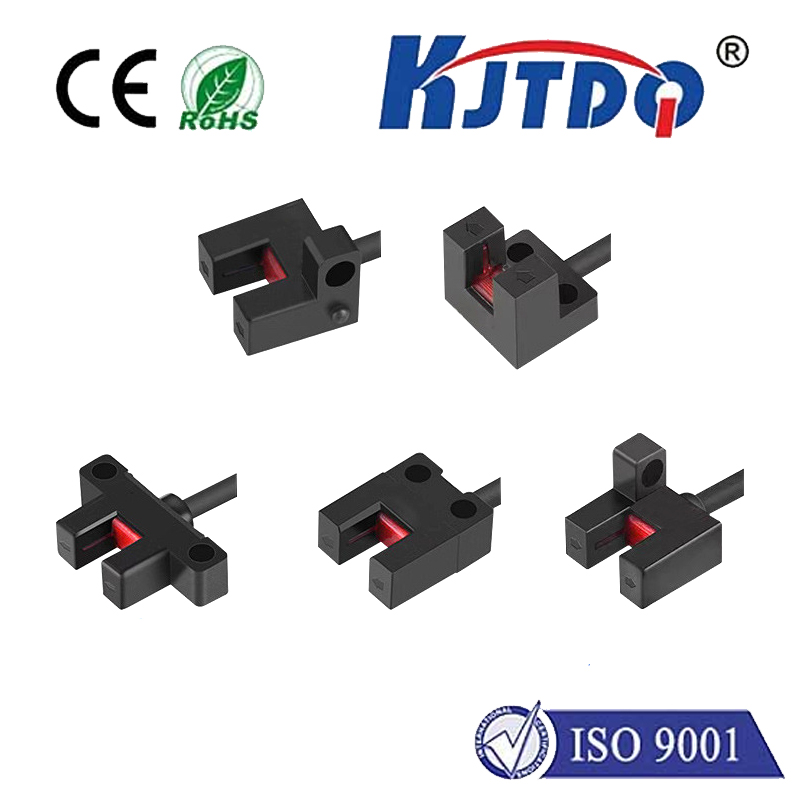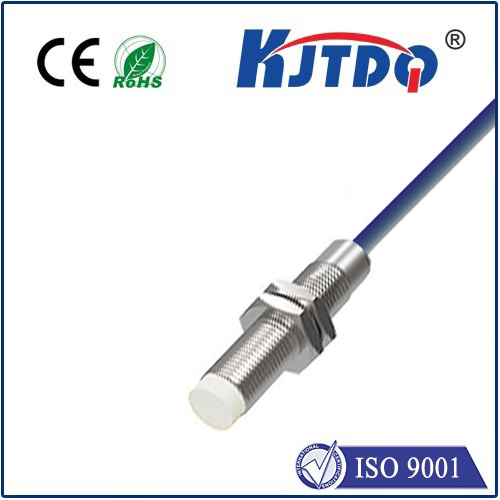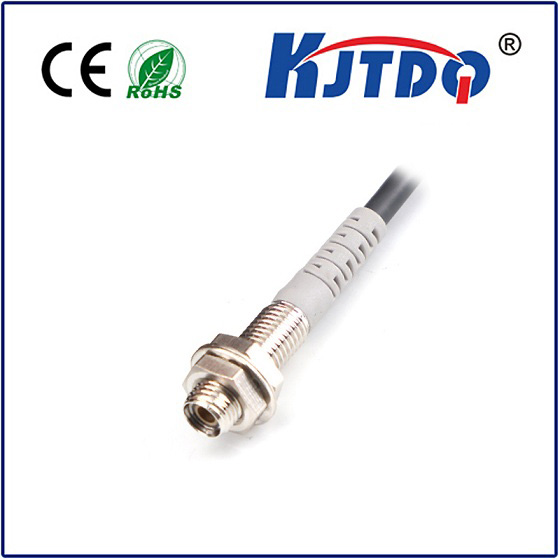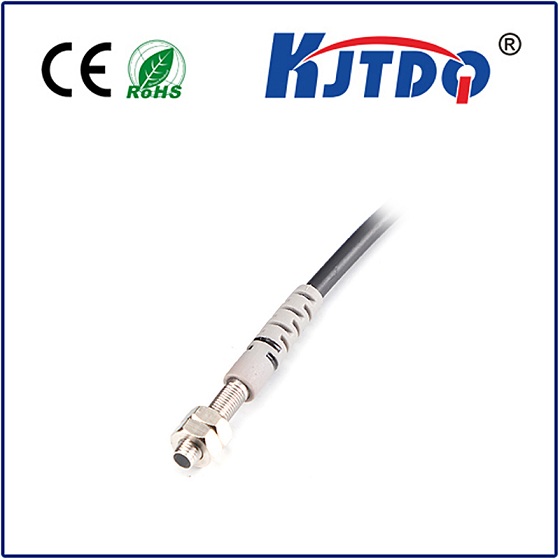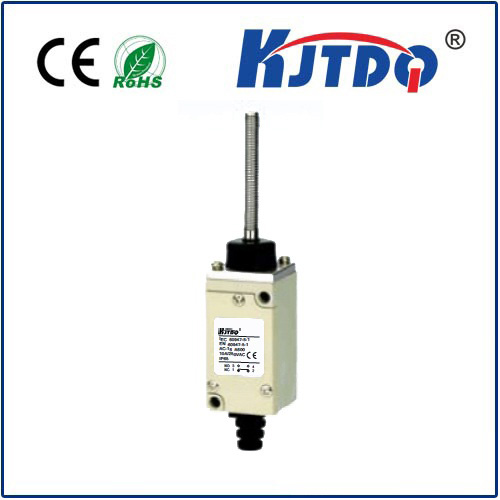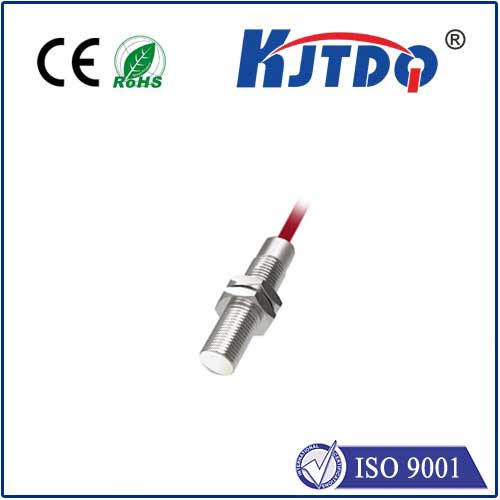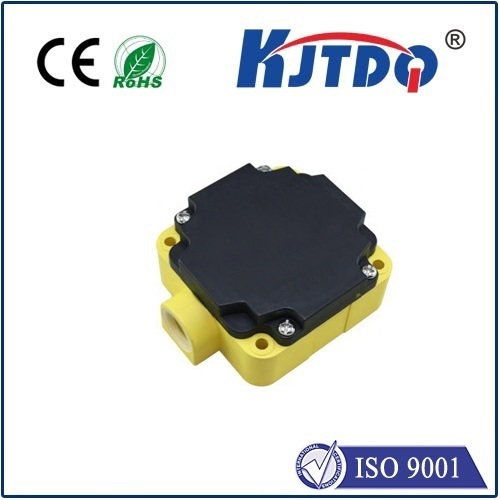

check

check

check

check

check

check

check

check

check

check
In the realm of modern technology, few components hold as much significance as the inductive pickup sensor. This humble device has undergone a remarkable transformation since its inception, evolving from traditional designs to cutting-edge advances that are revolutionizing the way we interact with electronic devices.
Initially introduced in the early days of electronics, inductive pickup sensors relied on the interaction between a magnetic field and a conductor to transmit data. However, these early designs were limited by their sensitivity to environmental factors, such as interference from other magnetic fields or electromagnetic radiation. As the demand for more reliable and accurate sensor systems grew, scientists and engineers began exploring new approaches to improve the performance of inductive pickup sensors.
One key breakthrough was the development of surface-mounted sensors, which eliminated the need for conductive traces and improved stability under challenging conditions. This innovation paved the way for the creation of more sophisticated sensors that could detect a wider range of physical phenomena, from temperature changes to motion and even pressure.
Today's inductive pickup sensors are characterized by their high sensitivity, fast response times, and ability to operate in various environments. They are widely used in a variety of applications, from industrial automation and robotics to consumer electronics and medical devices. For example, induction pickup sensors are commonly employed in touch screen displays, enabling users to navigate menus and interact with digital content with a simple flick or swipe of their fingers.
In addition to their practical applications, inductive pickup sensors also have significant potential for future advancements in fields such as artificial intelligence, where they can be used to interpret complex patterns and behaviors in data. As technology continues to evolve at an unprecedented pace, it is likely that inductive pickup sensors will play an increasingly important role in shaping the world around us.
